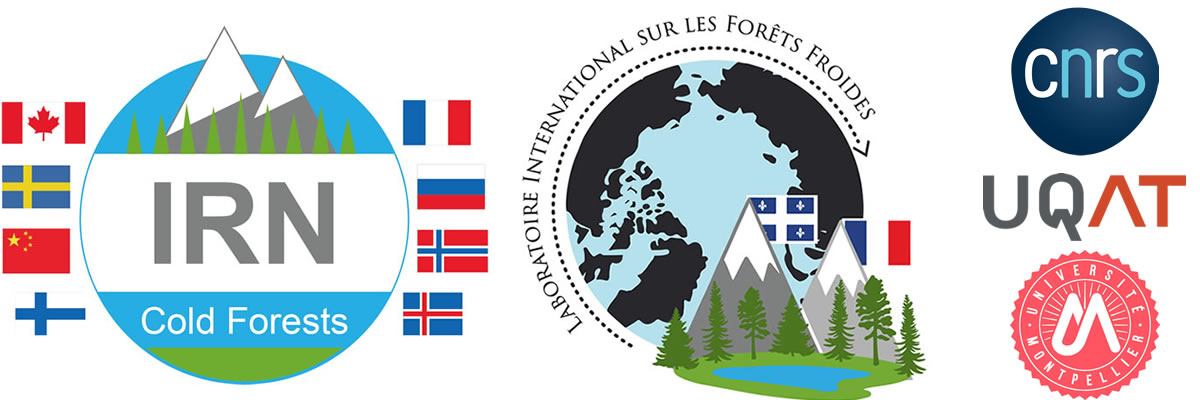Unraveling the past of Lake Osisko: reconstructing trace elements variability and their effects on aquatic communities
Marta Gabriele, 2023/10/23
Figure 1 (above): The Horne smelter viewed from Lake Osisko. © Gabriele
In Eastern Canada, researchers are working to reconstruct the environmental variability of Lake Osisko over the last 150 years. Located in Rouyn-Noranda, in the Abitibi-Témiscamingue region, the lake borders the Horne industrial smelting site in activity since 1927. Early activities as a copper smelter, then as a recycler of electronic components, contributed to the lake degradation for which a decline in environmental quality has been documented.
The research conducted by Ph.D. candidate Marta Gabriele and supervised by Guillaume Grosbois, Miguel Montoro Girona at the University of Québec in Abitibi-Témiscamingue and Maikel Rosabal at the University of Québec in Montréal aims to study the biological and environmental variability of sediment records from Lake Osisko in reference to those of the unimpaired Lake Dufay situated about 50km southeast. From sediment cores, variability in aquatic communities derived from sediment DNA will be correlated to trace element concentrations to track and understand the effects of anthropogenic activities on the aquatic communities. Understanding (1) the effects of smelter contamination on the lake ecosystem, and (2) the diversity of lake communities in their natural state should allow to evaluate ecological restoration measures.

Figure 2: Sediment core extraction with an Uwitec corer in Lake Dufay (2023/ 07/20). © Gabriele
A total of eight sediment cores were collected in July 2023 from the two lakes using a Uwitec gravity corer (diameter: 90 mm) by Marta Gabriele and Milva Druguet Dayras. Sampling sites reflected the diversity of the two-lakes’ bathymetry and sediment deposition dynamics.

Figure 3: Core location in Lake Osisko. © Gabriele

Figure 4: Subsampling of the Dufay Lake sediment core. © Gabriele
One week after sampling, cores were sub-sampled every 0.5 cm to analyze radioisotopes and metalloids trace elements, allowing to date and investigate the past variability in sediment contamination. Variability in plankton and fish communities were also analyzed through DNA metabarcoding and qPCR analysis.

Figure 5: Sediment cores of Osisko Lake extracted from the deepest point (left) and the littoral (right). © Gabriele
This project is part of Marta Gabriele’s Ph.D « Past, present and future of trace element contamination in Lake Osisko » which aim to :
- reconstruct contamination and phyto-, zoo-plankton, and fish in Lake Osisko over the last 150 years;
- assess the regional trace element contamination, including Lake Osisko;
- evaluate the potential for the ecological restoration of Lake Osisko.
This project is collaborative and multidisciplinary with our partners from the Research and Teaching Forest of Lake Duparquet, Génome Québec, the University of Québec in Montréal Department of Geography, and the University of Victoria Helbing Laboratory. Shedding light on past and current environmental conditions of Lake Osisko will inform decision-making in the ecological challenges faced at the regional scale in Rouyn-Noranda.

